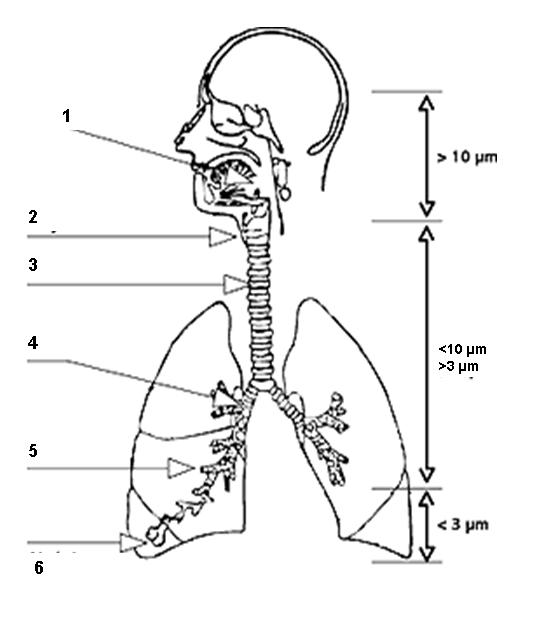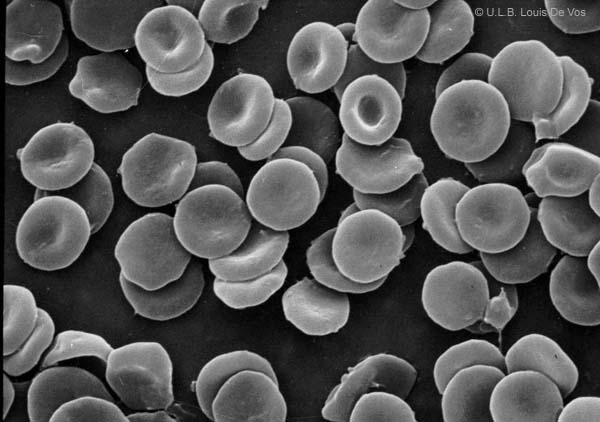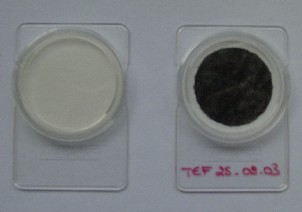 > ENC Master > Climate Encyclopaedia > Clouds & Particles > more > 2. Particles > - Particles and respiratory tract
> ENC Master > Climate Encyclopaedia > Clouds & Particles > more > 2. Particles > - Particles and respiratory tract
 |
|
|
|
Clouds & ParticlesMore |
Particles and respiratory tractParticles are dangerous for the health. The toxicity of particles varies with their chemical composition, and their size: the finest the particle is, the deeper in the lung it will penetrate. Scientists have therefore decided to classify the particles into two size ranges, called PM10 and PM2.5. |
|
“PM” means Particulate Matter, that is another name for particles. PM10 means Particles that have a size less than 10 microns; PM2.5 means that the particles size is less than 2.5 µm. The size of airborne particles is significant, as this determines in which parts of the respiratory tract the particles are deposited, as well as how rapidly and the manner in which they are cleared. |
|
Between the two, PM2.5 are responsible for causing the greatest harm to human health because they are so small. These fine particles can be inhaled deep into the lungs, reaching the 600 millions of pulmonary alveoli. They can cause breathing and respiratory symptoms, irritation, inflammation and cancer. |
|
|
Chemical compositionChemical composition of particles accounts for a very large part of their toxicity. The composition may determine in what way the respiratory tract reacts, or the body responds. The toxic air pollutants attach themselves to particulate matter that floats in the air. Some particles can act as carriers of hazardous chemicals, like pesticides, heavy metals, toxins… These toxics are then delivered into the lungs, where they can be absorbed into the blood and tissue. |
|
Pollution is a strong source of particles, especially very small ones, which pose the greatest hazard to health. Particles emitted from diesel vehicles are smaller than particles from petrol cars, even though the particulate emissions from diesel engines have already been reduced in recent years, for example by adding pipe filters.
|
|
About this page...
|



